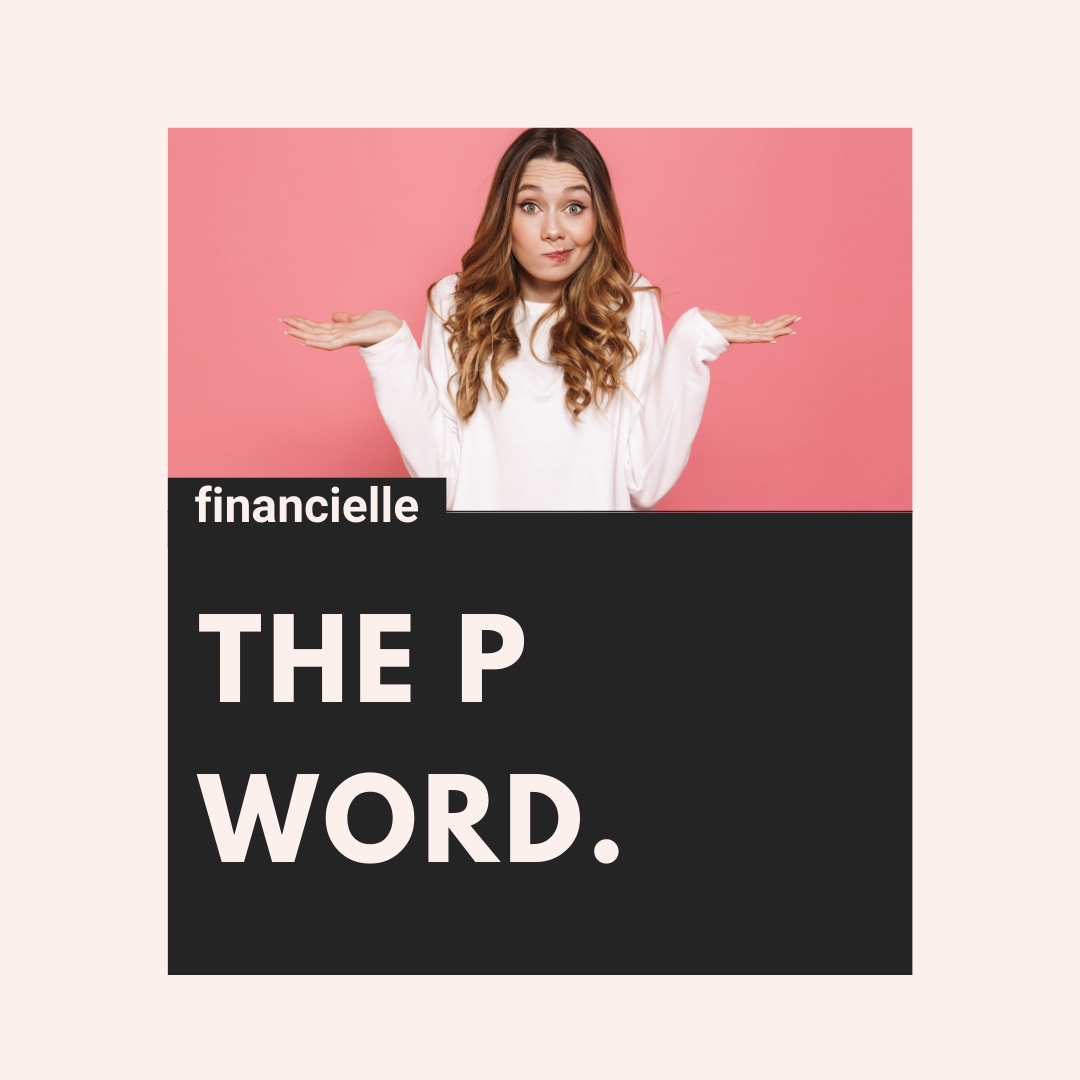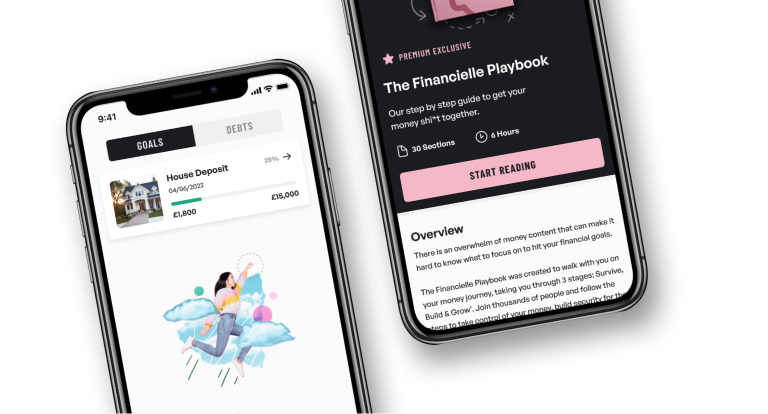How to Cash-Flow a Home Renovation

Welcome to our ‘The Waterfall Budget’.
You can’t have it all. Or can you?
It’s Holly here and I’m here to share with you the Financielle method for taking on a home renovation without taking on any debt.
We have a FUGLY house as I like to affectionately call it, our little quirky piece of paradise in a leafy Cheshire village. It’s a perfect distance from local eateries, schools, nurseries, convenience stores and with great transport links to 2 major cities in the North West.
The house is not overtly appealing from the outside but for the size of house (4 bedrooms) and huge garden space on a lovely street we made the choice to overlook the lack of street cred on this occasion.
You can often found me down a rabbit hole on Instagram looking at dreamy interiors and sending endless screenshots and Whatsapps to my ever suffering husband: “Which shade of white do you prefer?” and “Wouldn’t this be a great extension for us?”
The problem being that completely finished extensions in reality are upwards of £50,000 and can the Insta-interiors style usually upwards of £100k. So how do you hit the sweet spot in terms of house renovation, affordability and staying debt free?
The Waterfall Budget
Create your home renovation wish list
This could be on paper or it could be in Excel – or both! Decide the list, understand what’s needed and the list may change as you are on your renovation journey.
Get 2-3 quotes per item
It’s important not to just get one quote if you’re not doing the work yourself. Make sure they are from reputable and recommended professionals.
Prioritise the list
This means re-ordering the list by ranking the work in order or priority. Prioritisation sometimes means necessity (i.e. you need plaster on the wall, you don’t need that Tom Dixon candle just yet) and in building terms it usually needs to follow a certain order, such as plumbing before painting obviously.
Waterfall your money
You then take the money you have saved in your Renovation Sinking Fund (click here to read more about Sinking Funds) and run this down each of the columns in your budget – when you run out of money – you have to stop works until you have it. This can mean wait until you have all the money, or it could mean splitting the renovation up into phases.
And it really is that simple in theory – in practice it is a little harder as the Veruca Salt in us comes out demanding “But I want it now!”
You only move on to the next part of your wish list when you have the ability to cash flow it. It may be several months before you pay for the next part of your wish list, it may only take weeks but nothing is randomly expensed onto a credit card or on a loan. If you spot some new cushions you’d like to adorn your couch with, you get it onto the waterfall budget and then prioritise amongst the work. Everything is accounted and planned for ensuring you remain financially well throughout.
You may find you then start to compromise on your wish list, as you balance your desire to finish the work vs getting the exact standard of renovation and interiors you want.
Remember, you always need to include a 10-15% contingency fund – this is almost always needed. Don’t think you can avoid this – something will come up unexpectedly and you will need to find the money. We recommend rounding up estimates by 10% to make sure there’s enough in the budget.
Let’s take an example:
Home Renovation Budget
Renovation Sinking Fund cash available for works – £18,000
- Upstairs bathroom renovation inc. bathroom suite, painting & decorating, electrics tiles – £10,000 (£8k remaining of budget)
- Upstairs bedroom inc. Plastering, electrics, paint, flooring, furniture, built in wardrobes – £4000 (£4k remaining)
- Upstairs bedrooms inc. Plastering, electrics, paint, flooring, furniture £3000 (£1k remaining)
- New blinds £500 (£500 remaining)
- Living room inc. Plastering, flooring, electrics, paint £1000 (STOP – WAIT HERE – SAVE THE REST)
- New Dining Table & Chairs £1000
- New living room cushions £80
- Lamp £35
- New bedding £100
- New mirror £250
As you can see with £18,000 cash budget you would stop at priority 4 and then cash flow the next £1000 to begin the next phase of works or purchases. When it comes to building works, it’s good to divide that into phases and not start a phase until you have the whole phase budget sorted – you don’t want a new Kitchen with no electricity!
You have this waterfall effect of the money running down the list and being used up. Cool analogy?
This type of budgeting and planning will weed out any added extras or luxuries that won’t enhance your lifestyle within the house, they may be a vanity purchase that you will never get value from. By paying in cash and creating a waterfall budget, you can create small achievable targets that will keep you focused and motivated to move onto the next without the temptation of sticking it on a credit card or taking out a loan.
The best part, you’re not paying for your lifestyle for months if not years after the renovation and your money can go towards growing for your future.
We’ve found this a really satisfying way to tackling our house renovation budget. If you’d like to see our house renovation journey head over to our free community and check out our Reno Journeys group in our free Community.









